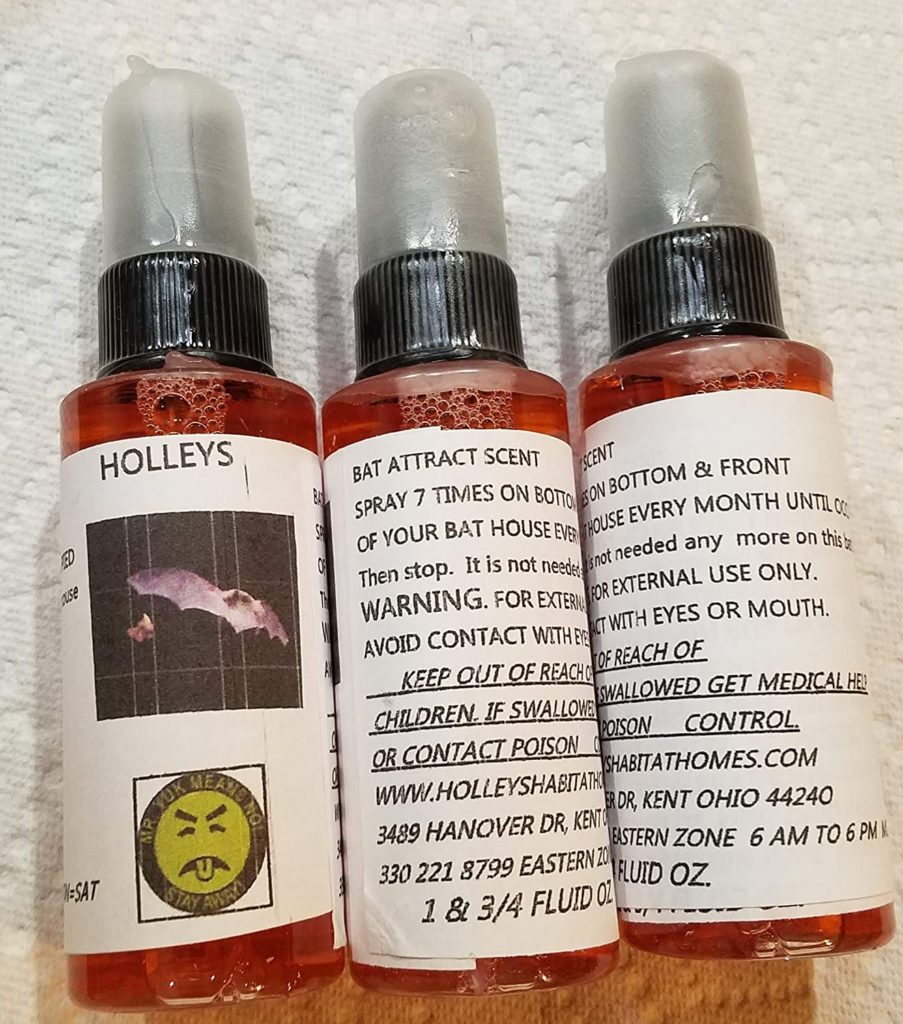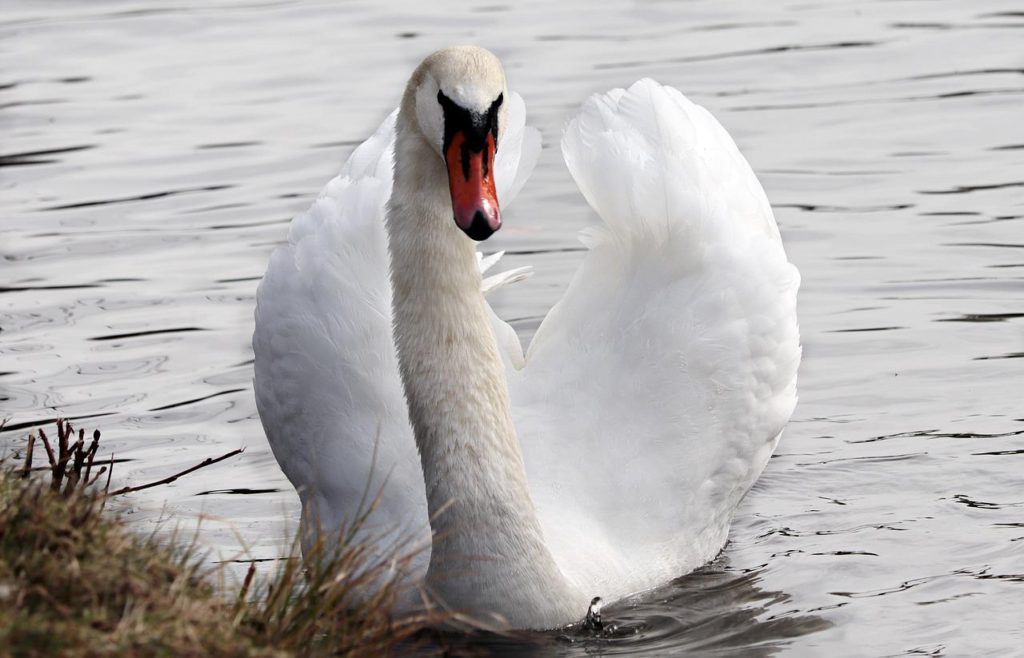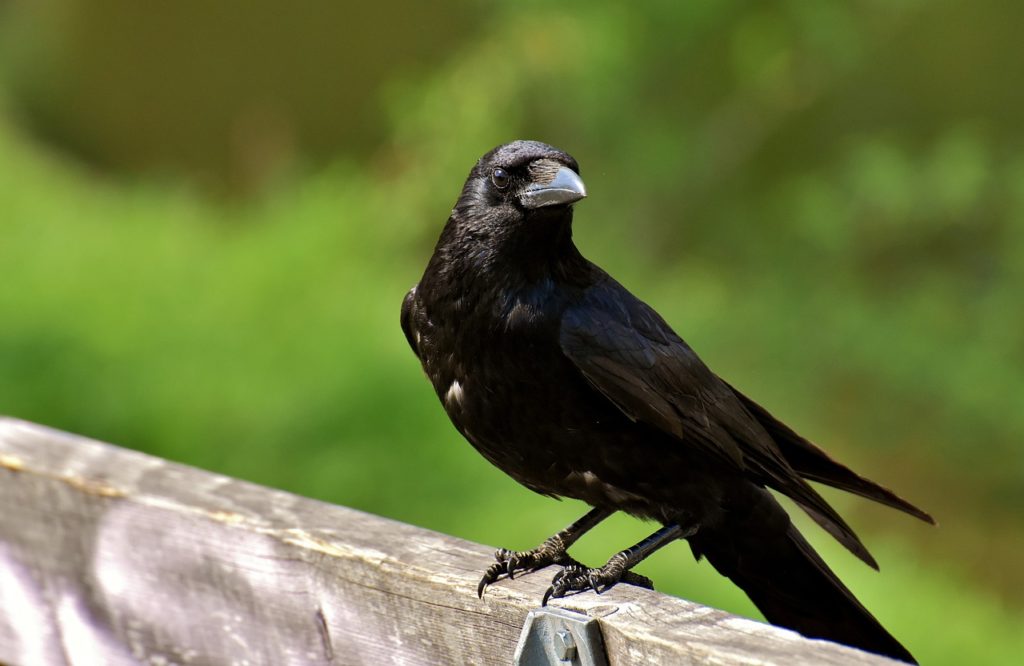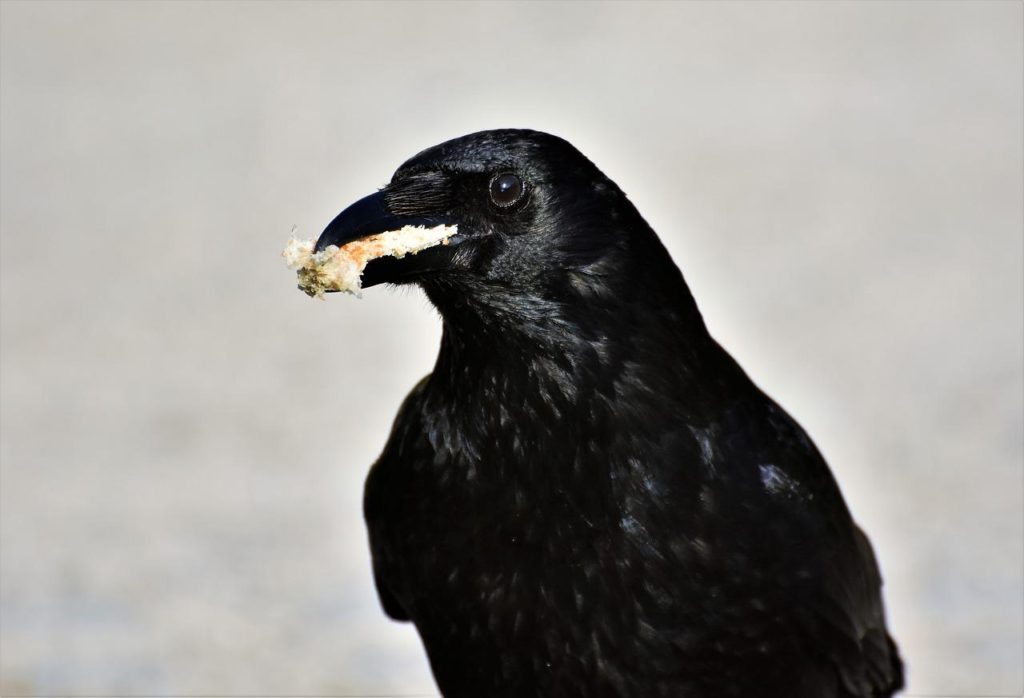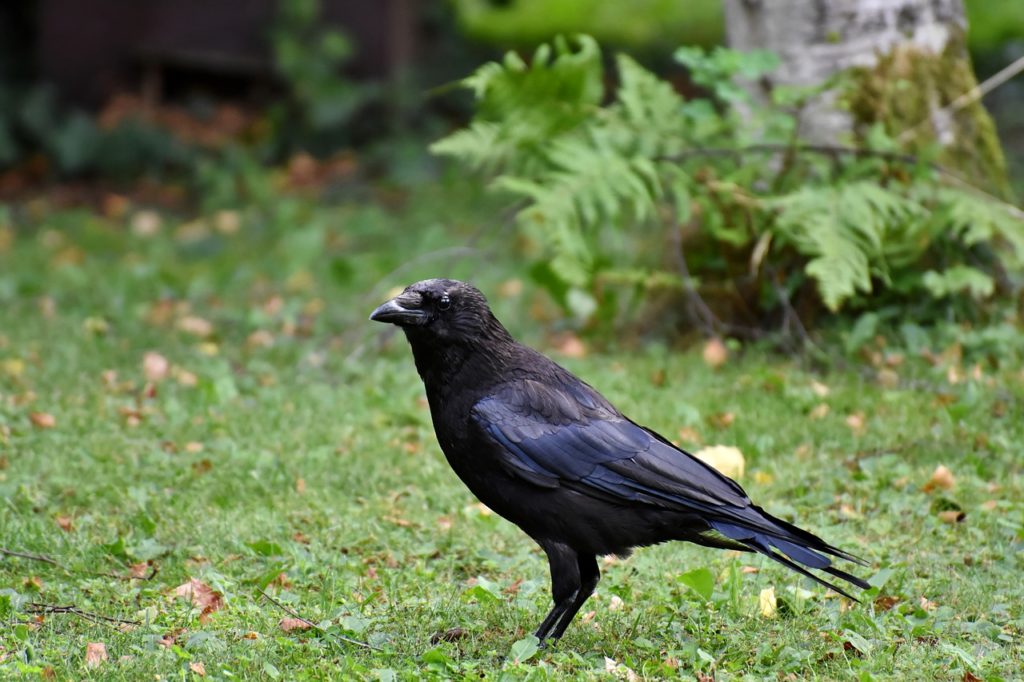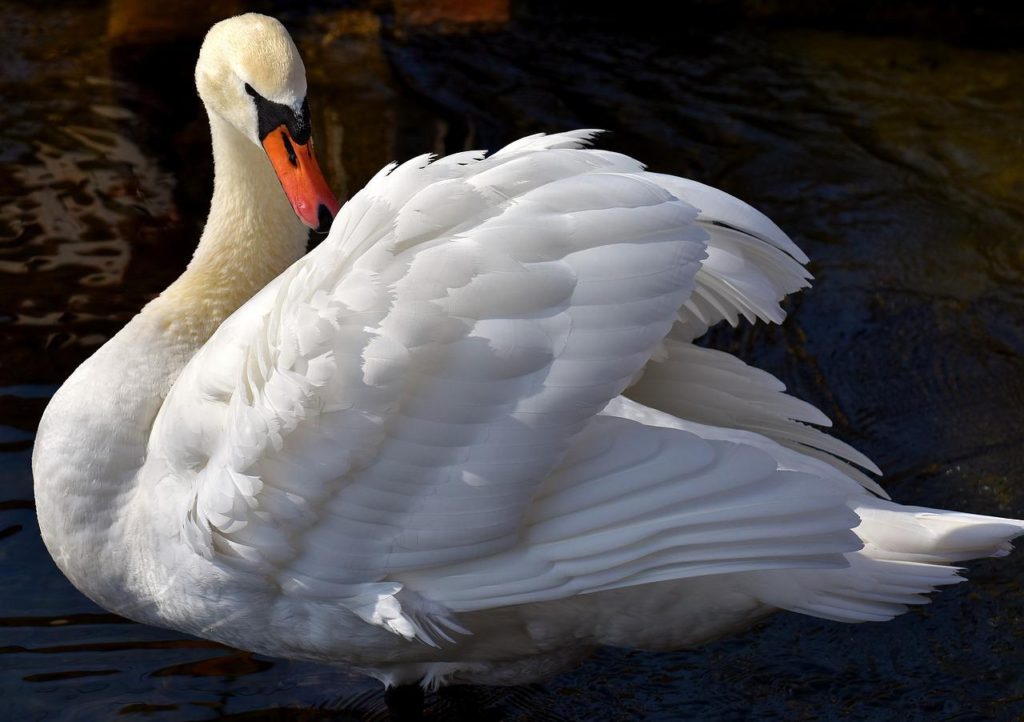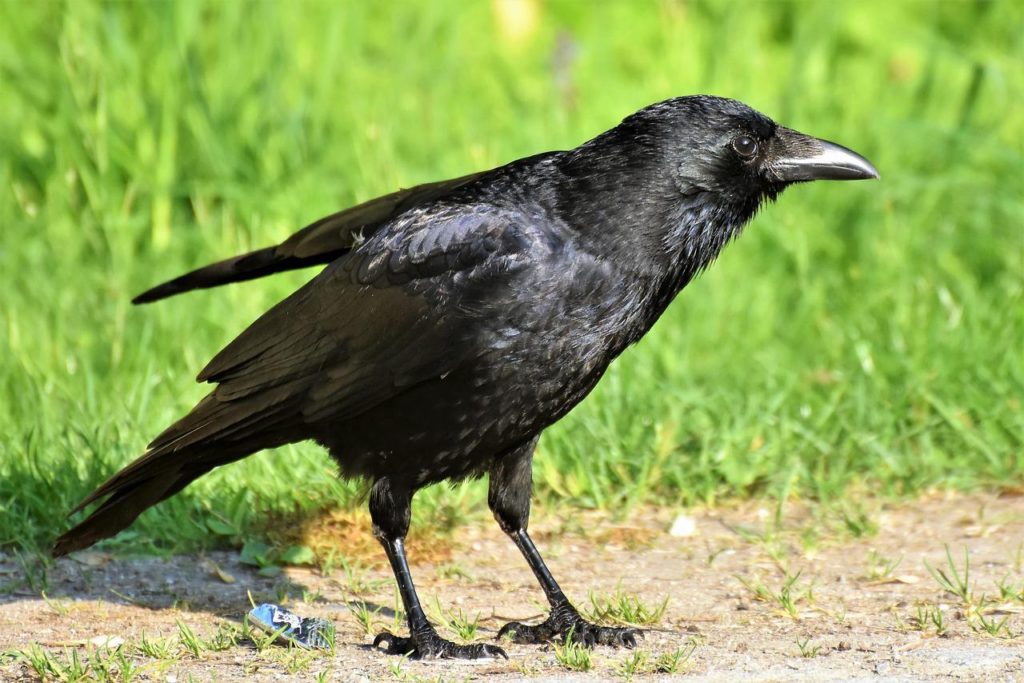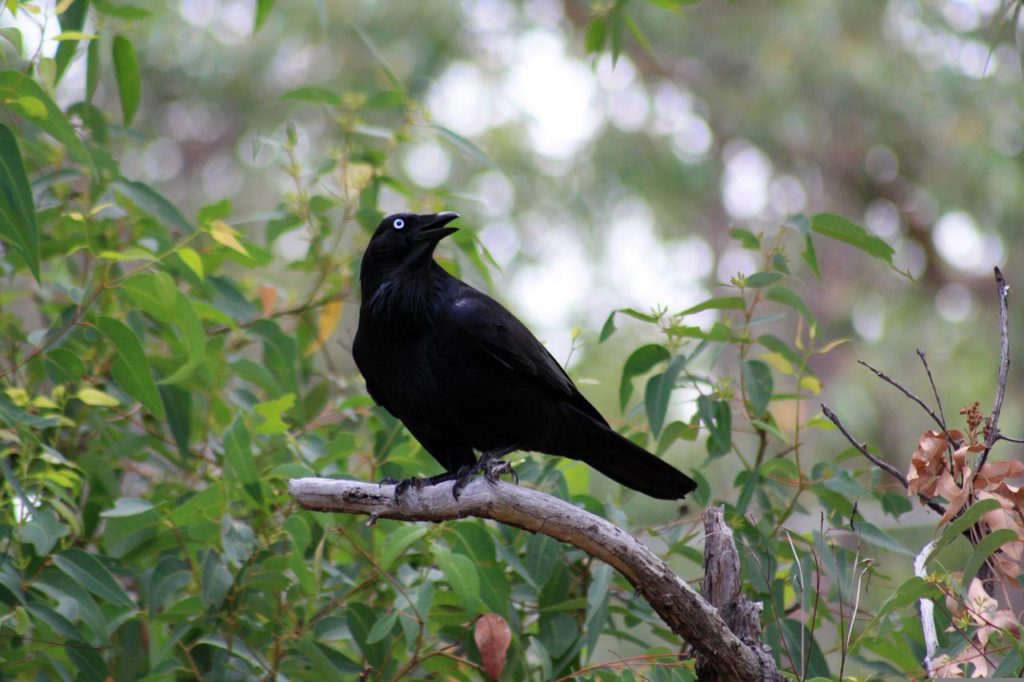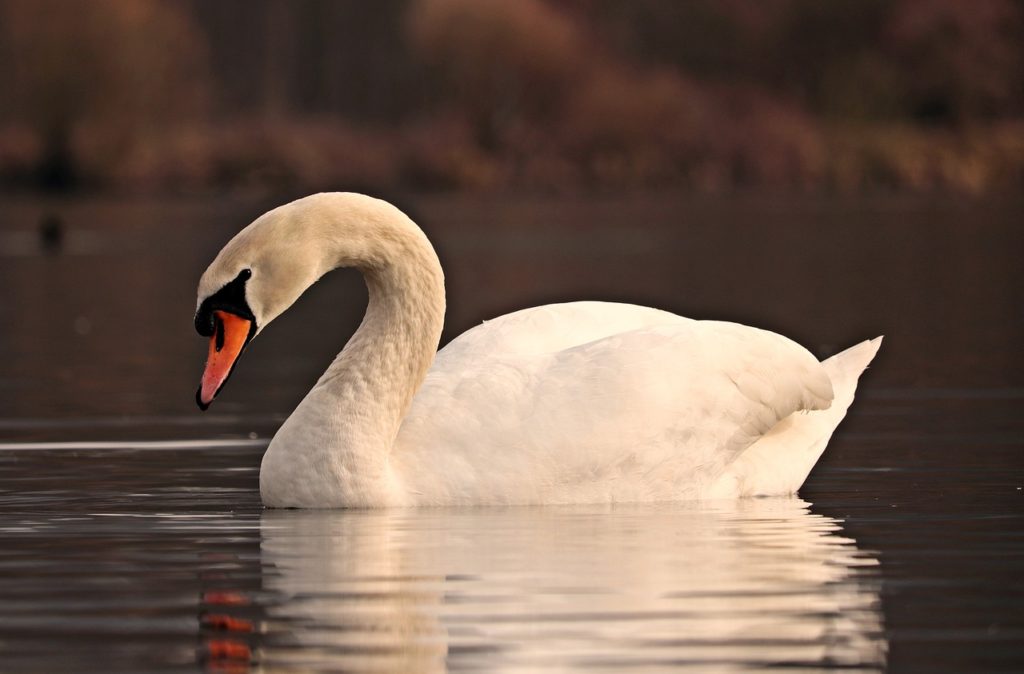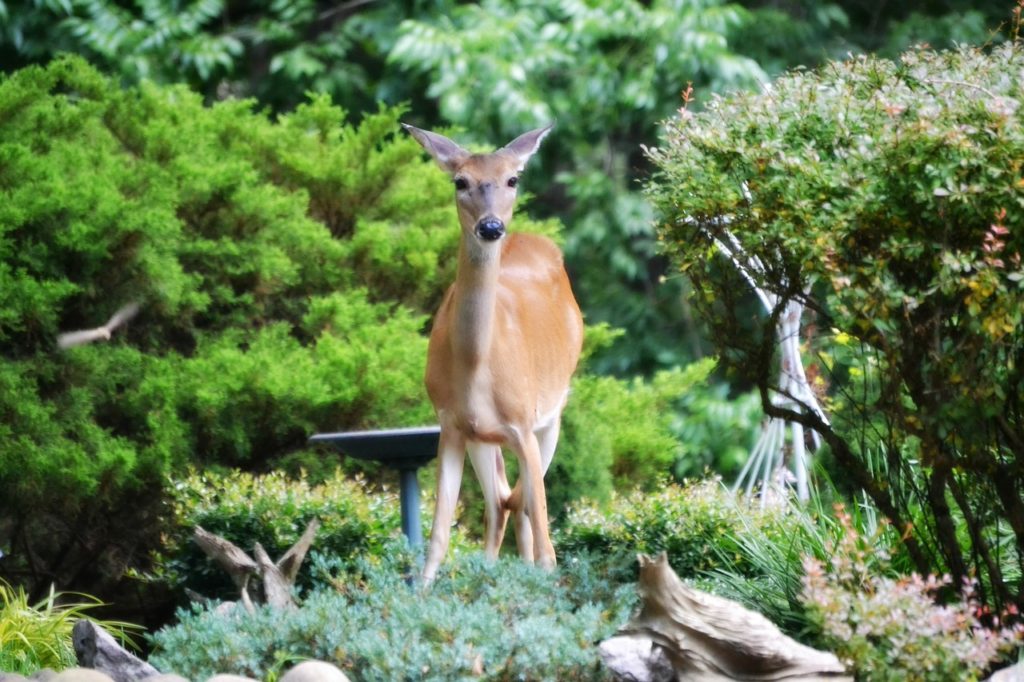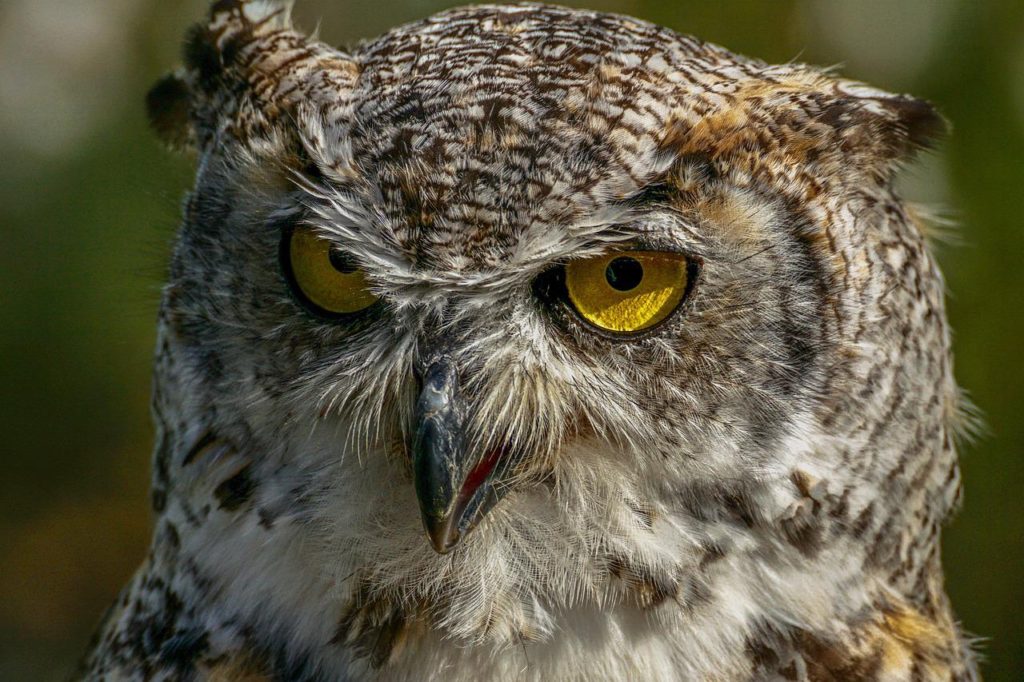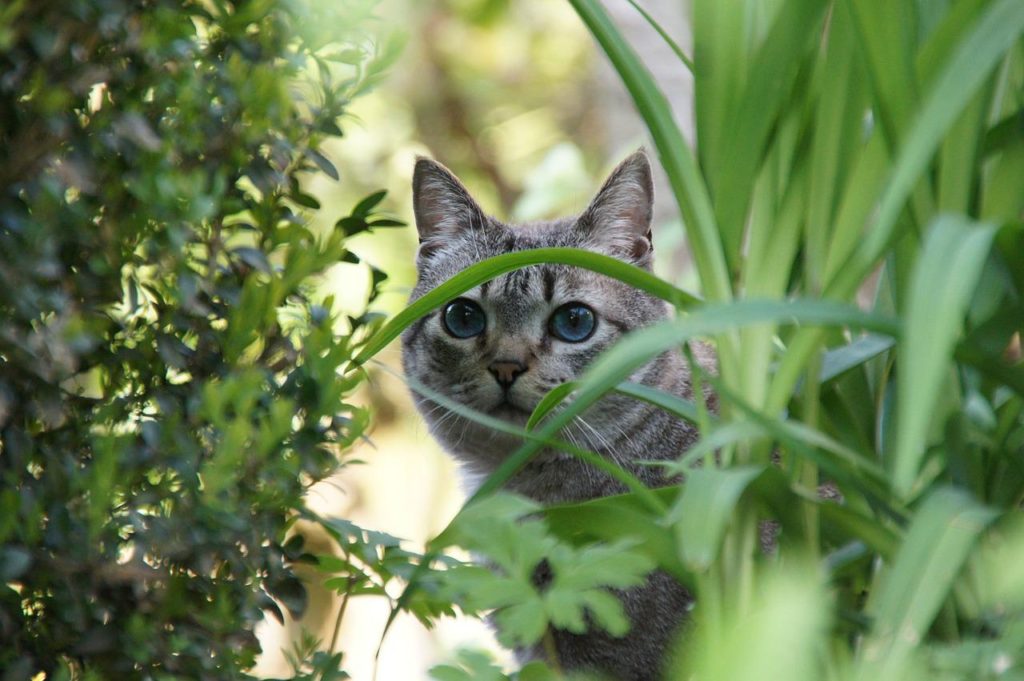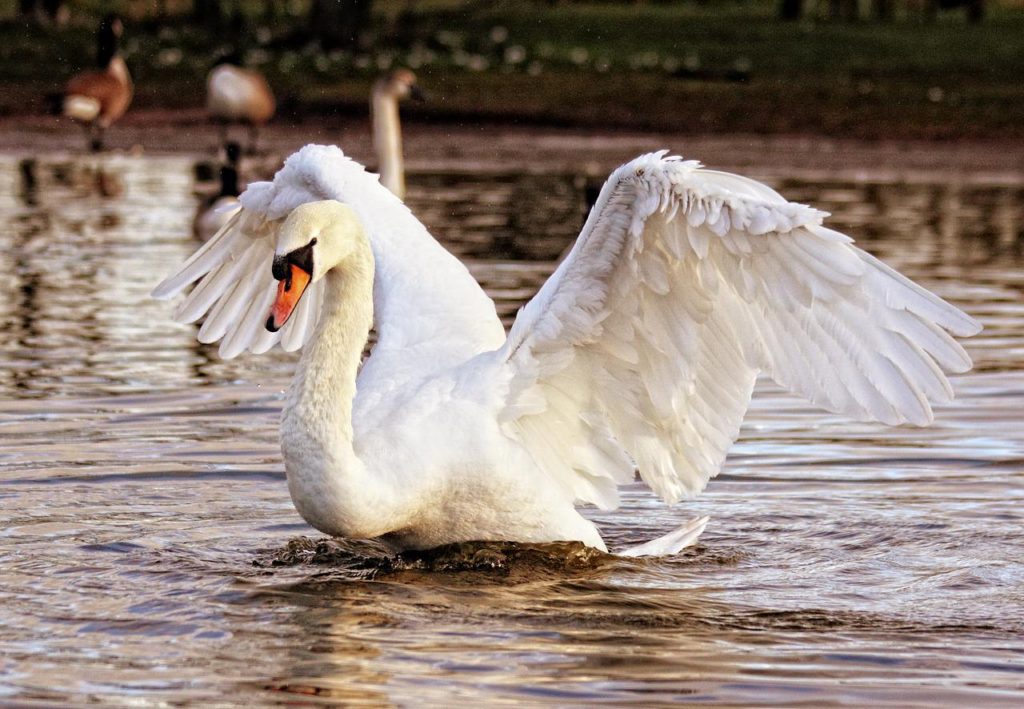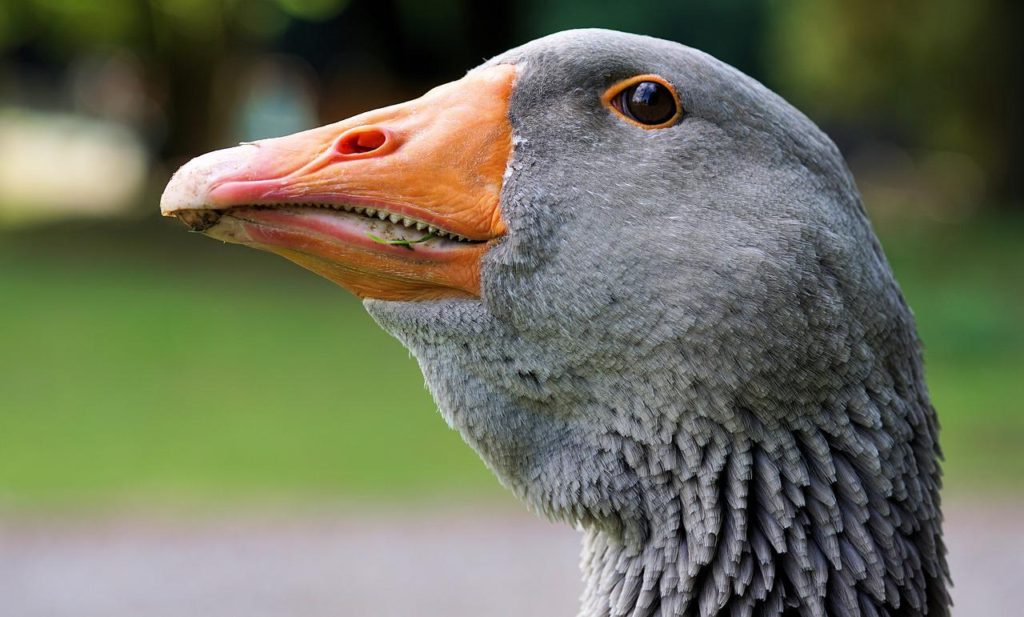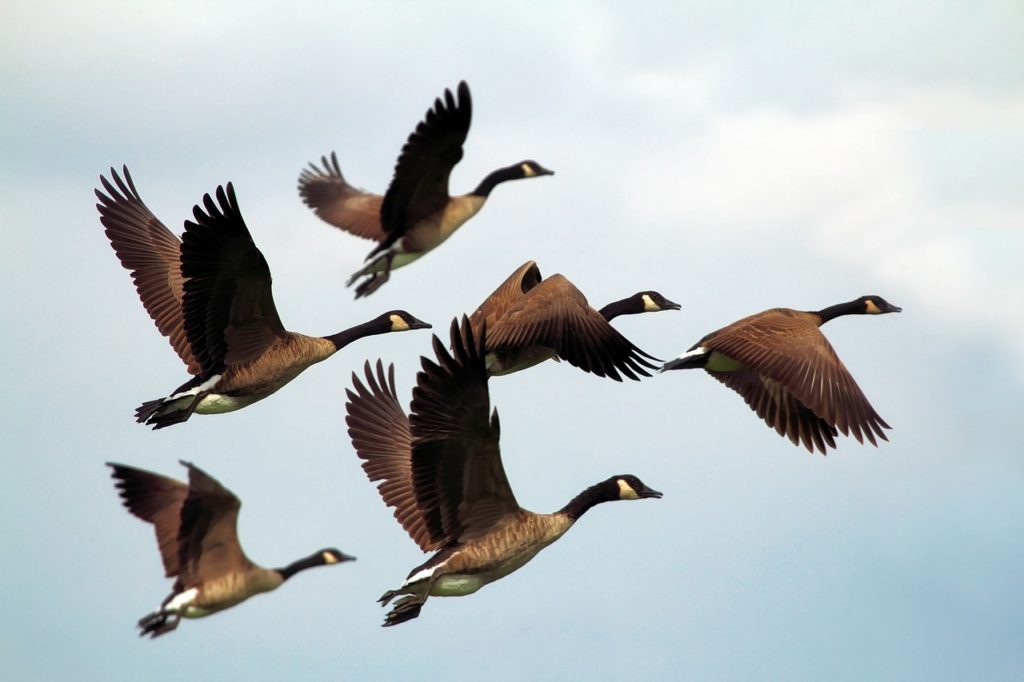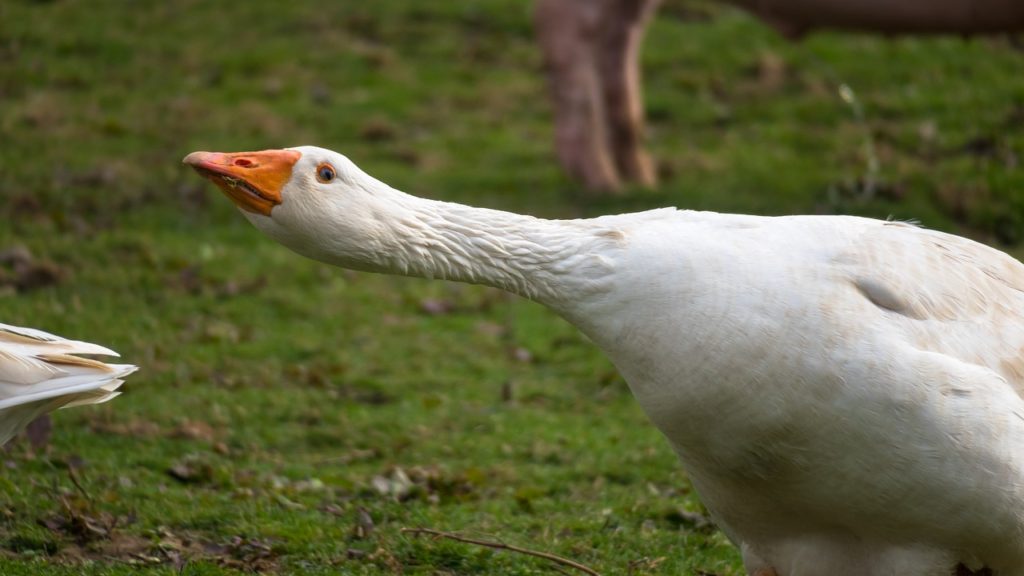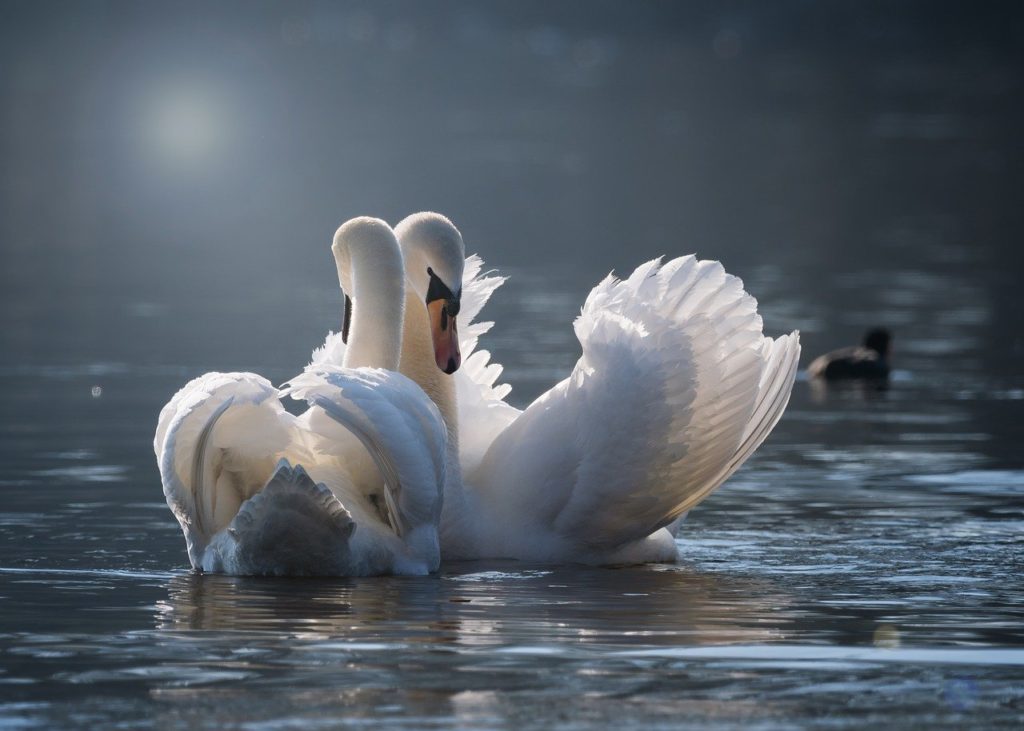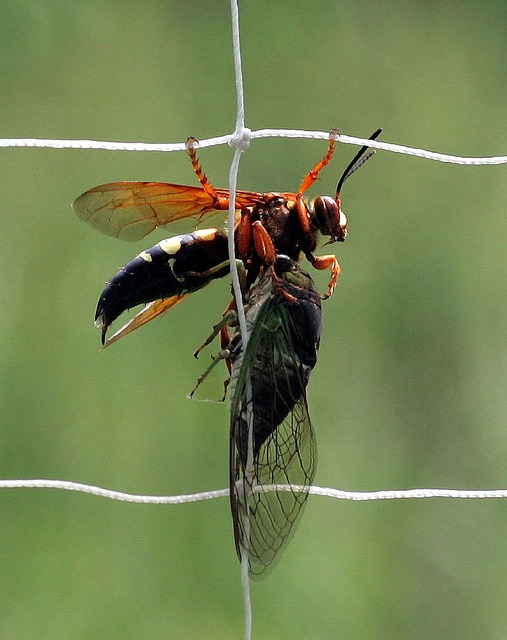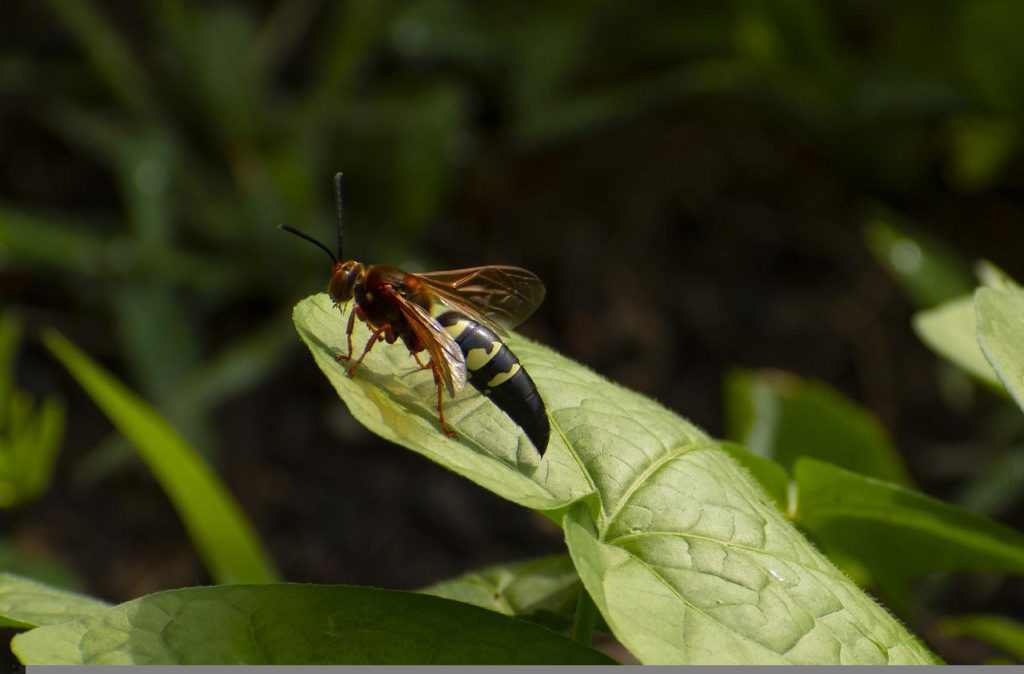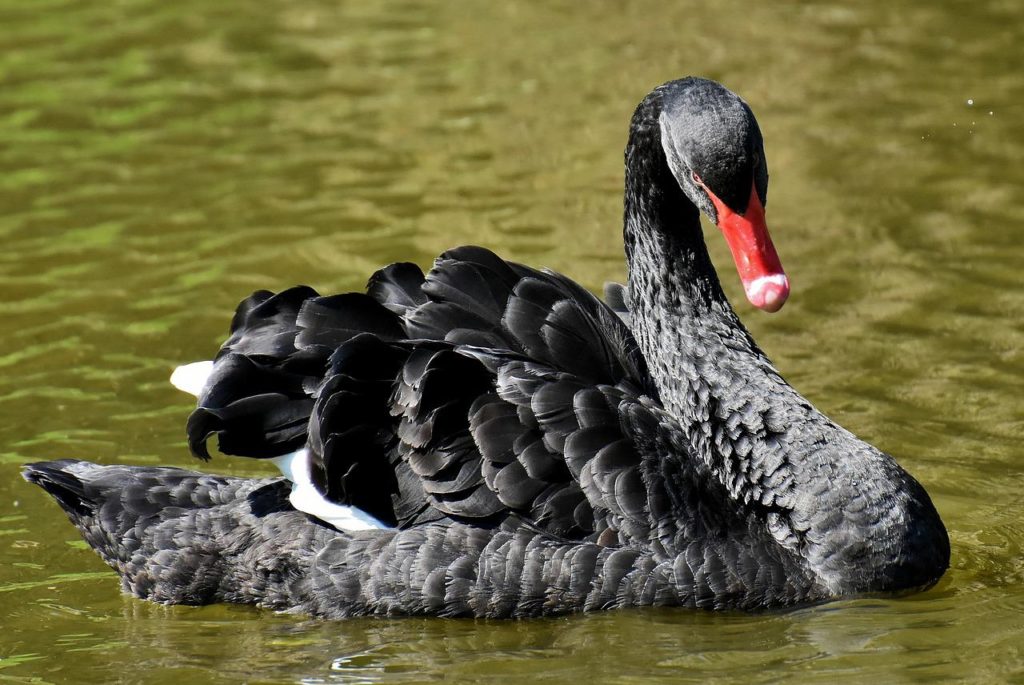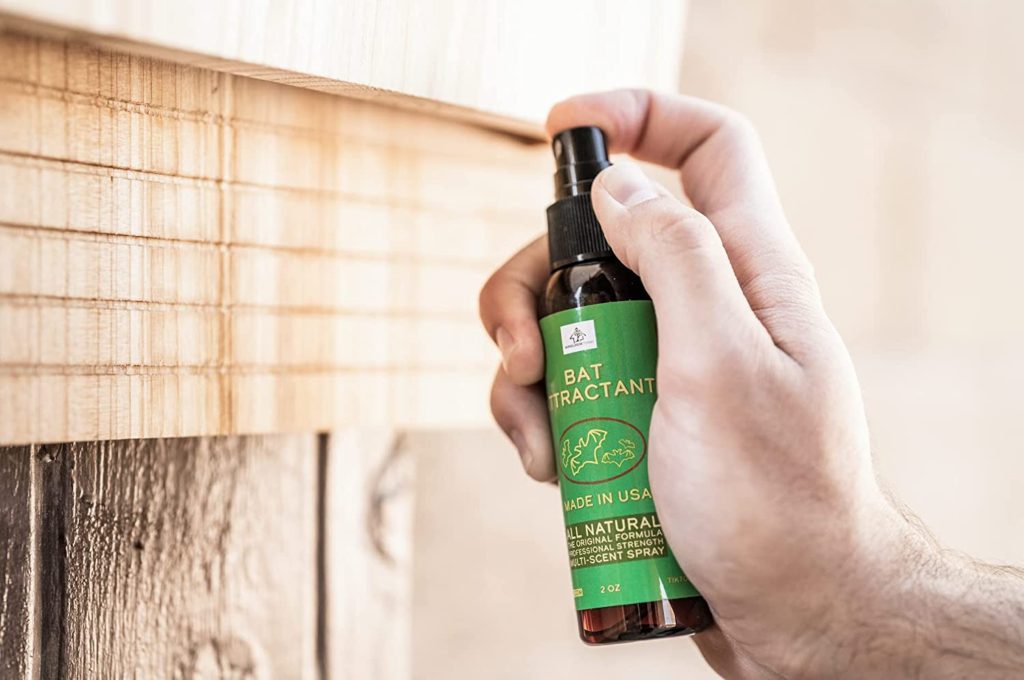
Purchasing a bat house is easy, however, having a colony of bats take up residence inside it is sometimes another story. To tip the odds in your favor using bat attractant can help. Here’s what you’ll want to know when considering using it.
Bat House Benefits
Having a bat house that’s full of bats can have many advantages. Bats can help to put a huge dent in your mosquito population as they each are capable of gobbling up around a thousand of these backyard pests per hour.
And of course, don’t forget the grade-A guano (bat poop) fertilizer for your garden. Even with the right placement, however, it’s not uncommon to have to wait a year, two, or even three before they move in and you can enjoy these bat house benefits among others.
Bat House Placement Comes First
No amount of bat attractant will work if you don’t have your bat house in the right location. So before you start spraying it with any scents you need to know where to put a bat house first. Bats like to roost near a freshwater source, and that typically means within a quarter of a mile at the most. (Man-made alternatives such as birdbaths can be used as a substitute.)
Your bat house should also be installed in a spot that gets daily direct exposure to the sun. Facing an eastern or southeastern orientation can help with this since it keeps the temperature in the house high which is what bats prefer. You’ll also want to make sure the house is at least ten feet off the ground or higher and doesn’t have any obstructions such as branches near the entrance so the bats can enter and exit easily and safely.
Bat House Attractant Basics
Studies show that bats are very responsive to smells. They also search out spaces where other bats happen to be currently roosting. A bat attractant helps you use these natural traits to your advantage. The goal of an attractant is to get the bats to investigate your bat house. And if you have placed it in a location that creates the conditions they like, then hopefully they will move in.
Because bats have a sensitive sense of smell many bat house owners will fill their new bat house with damp soil before using it. By leaving soil inside the house for a few days and then dumping it out, it can help to get rid of the new bat house smell which bats tend to avoid. Another simple action which can help too is to simply let your house air out and weather a bit outdoors for a period of time before installing it and using your attractant.
Bat Attractant Options
When choosing an attractant you have a couple of different types to pick from. Some consist of a paste made from actual guano which of course can be very convincing to a bat’s nose that bats have been using your bat house. If you have an active roost on your property or know someone who does, you may want to make your own homemade bat attractant.
To do so you’ll need to collect about a cup of guano and then mix it with water. Once it has a paste-like consistency you can pour it into your bat house which will allow it to really soak in. This method is not for the squeamish and you’ll want to wear a paper filter mask and rubber gloves when doing so for safety. Luckily you don’t have to use guano at all in order to attract bats to your yard and bat house.
There are also sprays that smell like bat pheromones. Ammonia sprays are another choice as well, and these mimic the smell of bat urine since that is one of the chemicals that it naturally contains. These two types of sprays are typically the most popular since you won’t have to deal with any bat poop, possible bacteria, or mess.
When To Use A Bat Attractant
Oftentimes, people will install their bat house and after a long period of waiting get frustrated when it doesn’t seem to be attracting bats. They will then try an attractant. There’s nothing wrong with doing this but you may end up wasting a lot of time waiting first with nothing to show for it. The easiest way to save time and increase your odds is to use a bat house attractant from the start.
But don’t forget, house placement is critical. The time of year and your location can also play a role. Normally the best months to install a bat house and use your attractant are from January to April. This is when bats come out of hibernation and are looking for their summer-time roost. Of course, you will want to be sure to follow the seller’s instructions for where and how frequently to apply your specific attractant.
Using a bat attractant isn’t foolproof. However, it can definitely help to increase the odds of getting bats into a bat house without a long wait and being able to enjoy the benefits of having them inside as quickly as possible!
Start Shopping for Bat Attractant!
Why Would A Swan Be Alone?
It's widely known that swans are incredibly social and romantic creatures, so it can be disconcerting when you encounter a solitary swan. However, there are several reasons why this might be. So why would a swan be alone? Here's what you'll want to know. But first,...
How To Attract Crows To Your Yard
Crows aren’t always pests as many people believe. In fact, these super smart birds can actually help to rid your property of many common backyard and garden pests themselves. So here’s your step-by-step guide on how to attract crows to your yard! Step 1. Create A...
What Do Crows Eat?
With roughly 40 different species, crows are a common sight in most places around the world. And while most of us are familiar with their appearance and harsh vocalizations, their diet is not as obvious. So what do crows eat? Here's what you'll want to know. What Do...
What Are Crows Good For?
Crows are widely considered to be pests. However, these large and highly intelligent black birds actually serve quite a few important functions in the environment. So what are crows good for? Here's what you'll want to know. Pest And Parasite Management Crows are...
How Long Do Swans Live?
Swans are graceful and beautiful creatures and as such, people have many questions about them. They want to know about their mating rituals, their diet, their preferred habitats, and even their lifespans. How long do swans live for anyway? Swan lifespans actually vary...
Are Crows Good Pets?
People all around the world see and hear crows on a daily basis. Although these intelligent and dark birds are practically ubiquitous, most people don't think of them as being household pets. Are crows good pets? The general consensus is that crows do not make...
Are There Crows In Australia?
Crows are remarkably smart birds that also happen to be extremely adaptable. They navigate unfamiliar circumstances via observation and interaction. Crows reside in locations all over the globe. While they do not live in certain parts of South America, they do reside...
What Do Swans Eat?
Swans are famously long-necked birds that are symbols of romance, love, beauty, and purity. Since these waterbirds have so many admirers, people often wonder about their eating habits, behaviors, and more. What do swans eat, anyway? Swan Basics Swans typically live in...
How To Make Irish Spring Deer Repellent
Irish Spring isn't just a soap that has a pleasant and energizing fragrance. It's also an ingredient that can help keep your outdoor space healthy and inviting. By making your own Irish Spring deer repellent you can help keep nuisance deer at bay. Here's what you'll...
Birds That Look Like Owls
Owls are typically solitary and mainly nocturnal birds. And although these well-known hooting creatures have a rather distinctive physical appearance, there are actually various other kinds of birds that resemble owls closely. And people sometimes mix them up. So...
The Best Cat Deterrent Plants
Cats are adorable and beloved creatures. That doesn't mean, however, that they belong in your garden. The last thing you want is to see felines eating your favorite plants, or using your garden as their personal toilet. So here are some of the best cat deterrent...
Why Are Swans Protected?
Swans are graceful and gorgeous creatures. They also happen to have protection in the United Kingdom, interestingly enough. Why are swans protected there, anyway? And does the Queen own all the swans? Yes, she actually owns any mute swans that are unclaimed in both...
Birds With Teeth
Birds do not have teeth. However, there are quite a few that really look like they do! These birds have evolved special beaks which help them to perform important functions. So here are some of the most amazing birds with “teeth,” and what you’ll want to know about...
Do Geese Fly?
Although geese are clearly birds, there are many individuals who do not necessarily associate them with flying. So, do geese fly? The honest answer is that these waterfowl do. They do not exactly slouch in the flying department, either. Many people are pleasantly...
Are Geese Dangerous?
Geese, in brief, are waterbirds that are quite substantial in size. Since they're often spotted on golf courses, at schools, and in community parks, people understandably tend to wonder whether they're safety threats. Are geese dangerous? Why Geese Attack...
Do Swans Mate For Life?
Swans are famously elegant waterbirds that are known for their sizable bodies, webbed feet, and lengthy necks. People often associate them with romantic imagery and monogamy. Do swans mate for life? You can find the response to that common and rather fascinating...
When Do Cicada Killers Come Out?
Whether you dread them each year or are waiting for them to emerge and control the cicada population you may be wondering, “When do cicada killers come out? The answer is they come out each summer in late June or July. Here’s what you’ll want to know. Cicada Killer...
Are Cicada Killers Dangerous?
One look at one of these huge wasps buzzing around, your yard, and it’s only natural to ask, “Are cicada killers dangerous?” Fortunately, these wasps are mild-mannered. But here’s what you’ll want to know. Cicada Killer Wasps Basics Cicada killers emerge from the...
What Are Black Swans?
What are black swans? Black swans (Cygnus atratus) are sizable waterbirds. This species primarily appears in Australia's southwestern and southeastern portions. The black swan is nomadic in its homeland. This bird, true to its name, is mostly black. Although the bird...
What Do Cicada Killers Eat When There Are No Cicadas?
What do cicada killers eat when there are no cicadas? Well, while cicada killer wasps do hunt cicadas, the adults don’t actually eat them or kill them, their young do. Read on to learn more! The Cicada Killer Diet While you may have seen cicada killer wasps flying...

